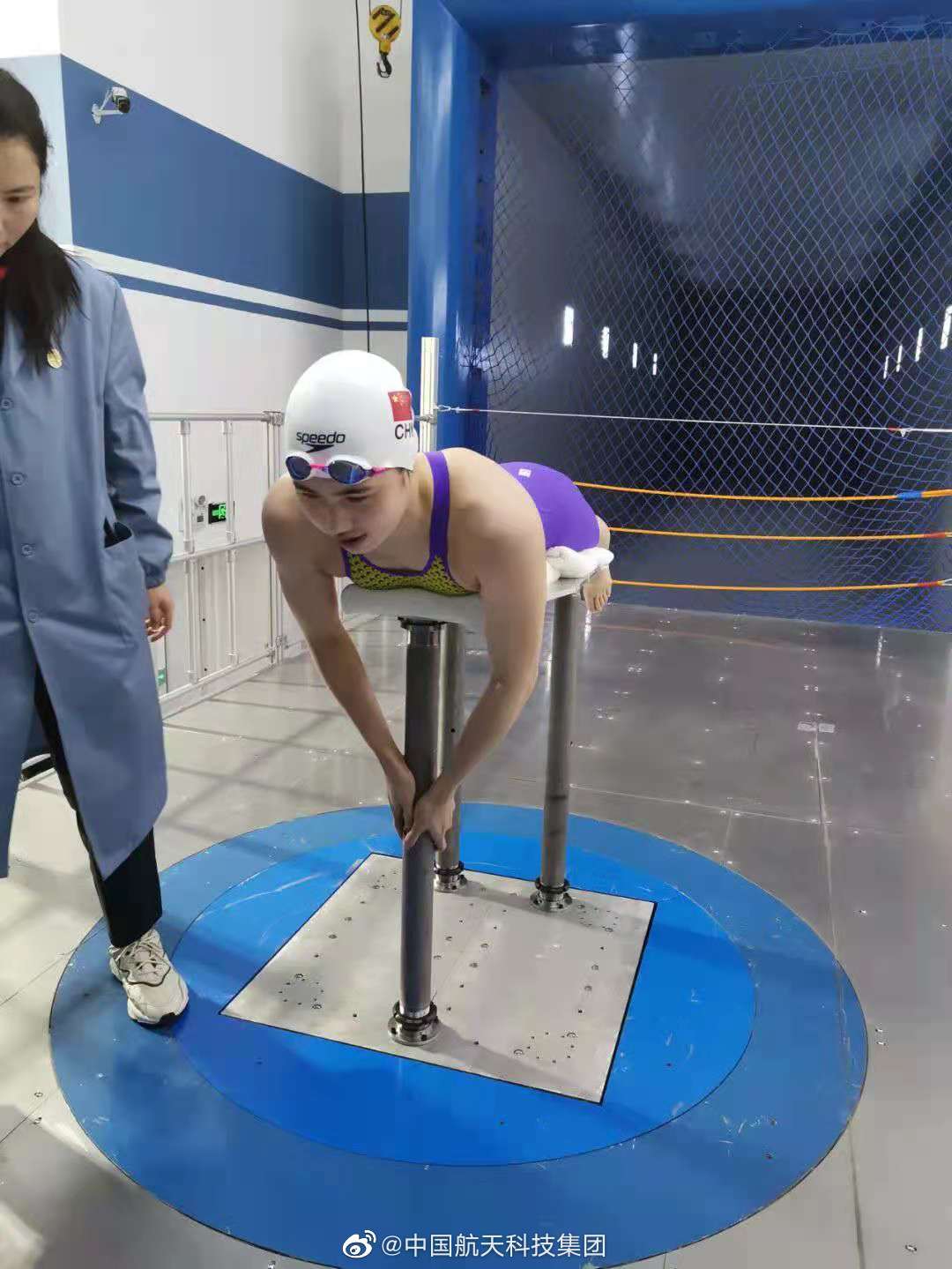Tech and innovation are at the root of China’s rapid progress in all spheres. It has now emerged that technology has powered China’s gold rush at the ongoing Tokyo Olympics.
Inside The F-35 Lighting II Aircraft: What Makes The US Stealth Fighter Jets Truly ‘Invincible’
China is leading the medal tally followed by the US and the host nation Japan. The Chinese athletes have so far dominated in almost all sporting disciplines.
The Chinese swimmers have won six medals, which include three gold, two silver, and one bronze. This has been China’s best performance in the pool at the Olympics.
Chinese swimmer Zhang Yufei won a “double-gold” — at the 200m individual event and as part of China’s relay team. Outperforming the champions from the US and Australia, Wang Shun also managed to win a gold, China’s first individual men’s title at the 2020 Olympics.

Harnessing Technology In Sports
The China Academy of Aerospace Electronics Technology (CAAET) played a vital role in training the Chinese swimming team, according to a report by the state-owned Global Times.
Using aerospace measurement equipment and simulation training data, CAAET conducted tests on six world swimming champions.
On the basis of the tests, detailed scientific training plans were made for each athlete, which were implemented along with scientific support, helping the swimmers improve their performances manifold.
According to reports, the inertial navigation subsystem (INS) was also used to track technical structures such as time, stroke frequency, stroke length as well as breathing frequency.
The system makes use of devices such as an accelerometer, gyroscope, and magnetometer to measure the altitude and position of an object and guide it to its target.

The China Aerospace Science and Technology Corporation (CASC) also developed a miniature version of the INS, which is generally used by intercontinental ballistic missiles, in training its swimmers.
The system helped the swimmers to “refine their technique and cut down on drag”.
The CASC miniaturized the entire system, which only weighed a few grams. The Chinese swimmers were then made to wear it and sit in a wind tunnel, practicing their swimming against the wind. The results of this simulation helped in developing recommendations for the swimmers, thus enabling them further improve their styles and techniques.
It is believed that aerospace technology has been used for training the Chinese athletes competing in rowing as well. Many of the Chinese rowers are believed to have been trained by the CASC.

The CASC reportedly developed a three-dimensional force measuring platform. The platform helped in measuring the aerodynamic drag of the Chinese rowers, employing a different combination of players as well as a combination of gestures.
The training with the help of aerodynamic technology seems to have helped the Chinese rowing teams at the Olympics, as the women’s quadruple team bagged a gold, while the men’s double sculls team won a bronze.

“Aerospace technologies actually have been applied in Chinese people’s daily life for nearly 50 years, including satellite applications, energy conservation and environmental protection equipment, advanced materials, and electronic information products”, a Chinese aerospace expert told Global Times.
What About The US?
China is not the first country to use technology in training its swimmers. The US has used various kinds of technologies to help improve the performance of its swimmers at the Olympics.
In the run-up to the 2008 Beijing Olympics, the US swimming team trained using “top-secret, state-of-the-art equipment and mathematical techniques” developed by professor Timothy Wei of Rensselaer’s Department of Mechanical, Aerospace and Nuclear Engineering.
How USA Swimming trains with BMW’s Motion Tracking System for the Olympics https://t.co/aAByS9rMa2 vía @techcrunch pic.twitter.com/m9sUvZBQWl
— Sport Innovation Society (@sis) July 19, 2016
Professor Wei developed water-flow diagnostic techniques, by altering as well as combining force measurement tools, reported Science Daily. The video-based flow measurement technique called the Digital Particle Image Velocimetry (DPIV) helped the swimmers in training and helped improve their performance in real-time.
“We have the physical system, we’re taking flow measurements of actual swimmers, and we’re getting more information than anyone has ever had before about swimming and how the swimmer interacts with the water. And so far, these techniques have contributed to some very significant improvements in the lap times of Olympic swimmers,” Wei had stated.

During the preparation for the Olympics at Rio in 2016, the US swimming team received help from the engineers at BMW who designed a special system to track and analyze the dolphin-kick motion.
The system helped the swimmers to improve the dolphin-kick phase of their swimming, aiding their overall performance and speed in the pool.
According to the US National Team performance consultant, the tool helped them to identify “the ingredients that make up a successful dolphin kick by receiving instant feedback that can be applied the very next time they jump in the pool, allowing for a more customized coaching approach”.




